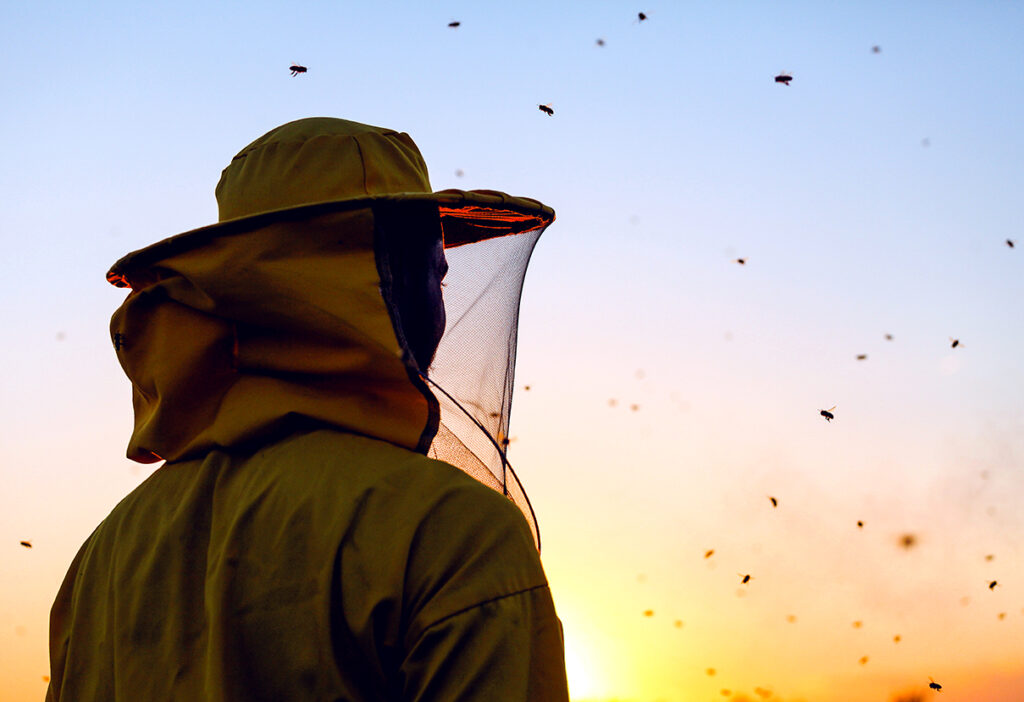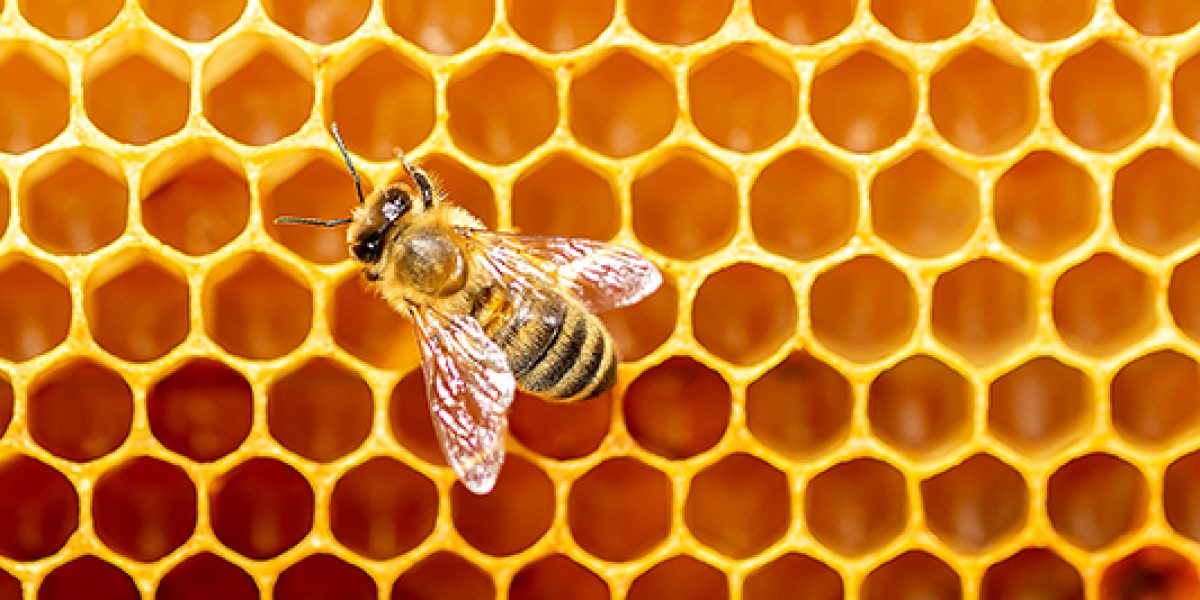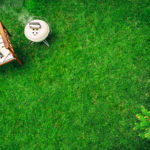What is a swarm of honey bees?
Honey bee colonies reproduce by swarming, a process where about one-third to one-half of the workers in a colony leave in a swarm with the queen to set up a hive in a new location. The original hive is left with a developing queen, worker bees and brood. A swarm of honey bees is typically composed of one queen and thousands of worker bees and can range from softball sized to larger than a basketball, depending on the number of bees.
Swarming
Why contact a beekeeper?
Because a swarm is a fully functioning colony, many beekeepers are prepared and willing to collect swarms into hive equipment to expand their beekeeping operations. Swarms that are not collected by beekeepers unfortunately usually do not survive. Beekeepers have to manage honey bee colonies for parasites and disease, so unmanaged colonies have a high likelihood of dying due to unmanaged disease and parasite pressure. Even worse, as these unmanaged colonies die, they can risk spreading parasites and diseases to managed colonies.
Honey Bees and structures
Information to provide
The beekeeper will want information about the swarm’s location. What is the address or GPS coordinates of the swarm? Is the swarm gathered on a tree branch, fence post or somewhere else? How high off the ground is it? Is there anything surrounding the swarm that would make it difficult or dangerous to collect the swarm? Sometimes beekeepers will travel long distances to collect swarms, so it is important to let them know if you have contacted other individuals or if the swarm flies away before they arrive.
Make sure they're Bees
Should I become a beekeeper?
Remember that honey bees are animals that require a lot of specialized care to thrive, so before you plan on keeping a swarm, consider if you have the time and resources to care for them. If you find yourself fascinated by a swarm of honey bees and want to learn to keep bees, take a year to learn about beekeeping before you get started. You can start by reading a short article called Should You Keep Bees?

This article was published by
Michigan State University Extension
![]()










